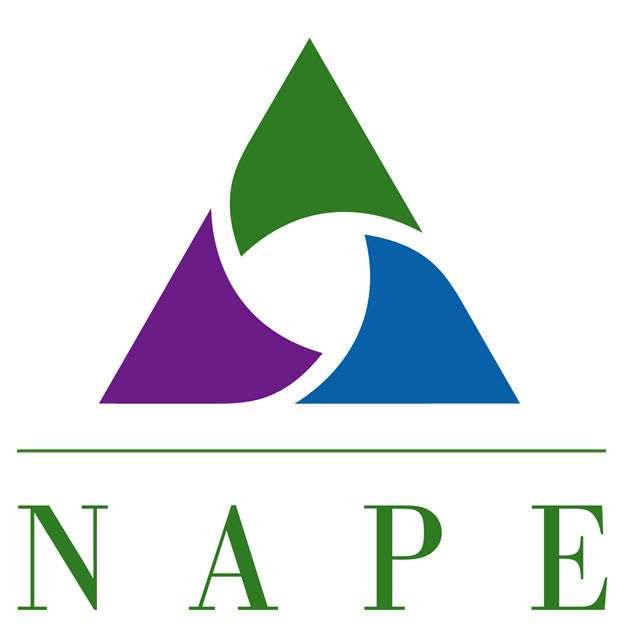Make the Future – NT 2.4 Identifying Gaps

Photo courtesy of Minnesota State Colleges and Universities
In an effort to encourage access and equity for students in nontraditional and STEM programs, outcomes of each Core Indicator are measured for each sub-group of students from special populations. However, it is frequently necessary to analyze data other than Core Indicators to determine the specific gaps in your programs. For instance,
- You may need to look at middle school math and science enrollment, grades, and counseling to determine the root causes for low participation and completion in STEM classes in high school.
- You may need to analyze the high school data to determine why women and other under-represented students are not enrolling in physics or engineering classes at the college level.
- You may need to look at high school career exploration practices and materials to identify enrollment patterns of college students.
We can select and implement effective strategies that affect student success only after we identify the specific gaps in our data, construct and verify the hypothesis for the gaps, and determine the root causes of the identified gaps. It is always necessary to disaggregate the data you analyze to the lowest common denominator. The story data tells in its aggregate is generally very different for Black females than it is for Asian females, and for White males as opposed to American Indian males. Be sure to ask your administrator or institutional researcher for CTE data, disaggregated by class, gender, and ethnicity as well as each of the special population sub-groups.
Over the years, many of our equity policies and programs targeted access and increased participation without addressing the underlying root causes for underrepresentation. In order to change that, we must develop a data and research driven program improvement plan to close the gaps, promote equity, and serve our economy.
We will explore more fully the benefits of nontraditional employment, including the benefit to our economy, the root causes for nonparticipation and completion, solutions to closing the gaps, as well as resources for program improvement.

